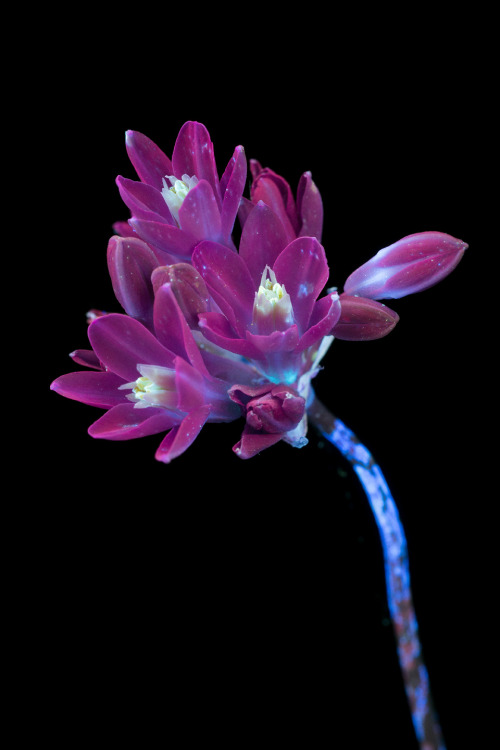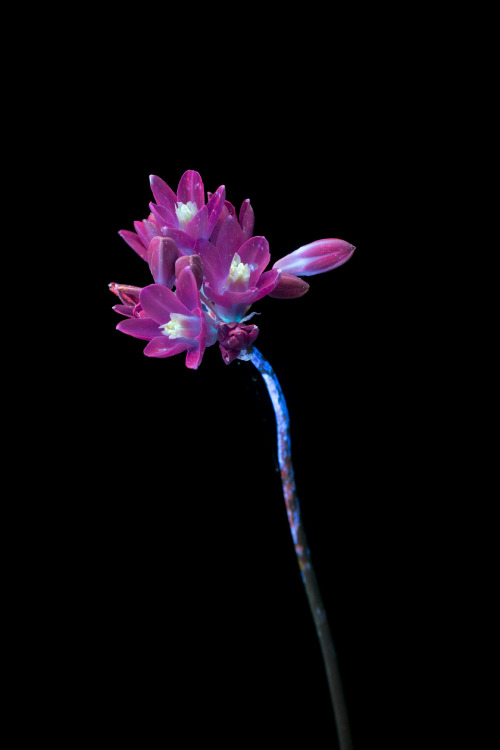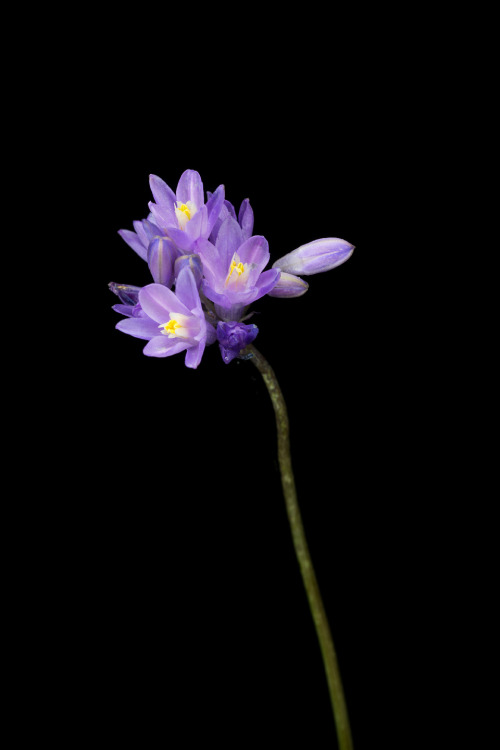conspectusargosy:Dipterostemon capitatus was my introduction to California’s geophytes and remains o
conspectusargosy:Dipterostemon capitatus was my introduction to California’s geophytes and remains one of my favorite species. While actually quite common throughout the state, it is always thrilling to find one in the wild whether it’s more blue or purple, saturated or pale. Sharing a trait common to many of California’s plants which grow in chaparral habitats, it is known to thrive following a fire as foliar coverage is removed allowing its slender leaves to receive more sunlight. With such ease of care, a splendid look, and even a very mild fragrance, it’s a wonder these are not more often used in Californian landscaping. The species is known to have been cultivated by Native people who deliberately moved and maintained them, along with other native bulbs, in tracts belonging to individual families and groups. Animals also are known to prize these corms and a quirk of this plant is that disturbance, and even harvesting of the mother corm, can benefit the plant by aiding in distribution of smaller offsets and aerating the soil, allowing the plant to multiply rather easily. While this is the primary means of multiplication, the flowers are self-fertile and produce black seed which germinates, like many monocots do, into a thin, grasslike leaf. -- source link
Tumblr Blog : conspectusargosy.tumblr.com
#nature#aetharis



